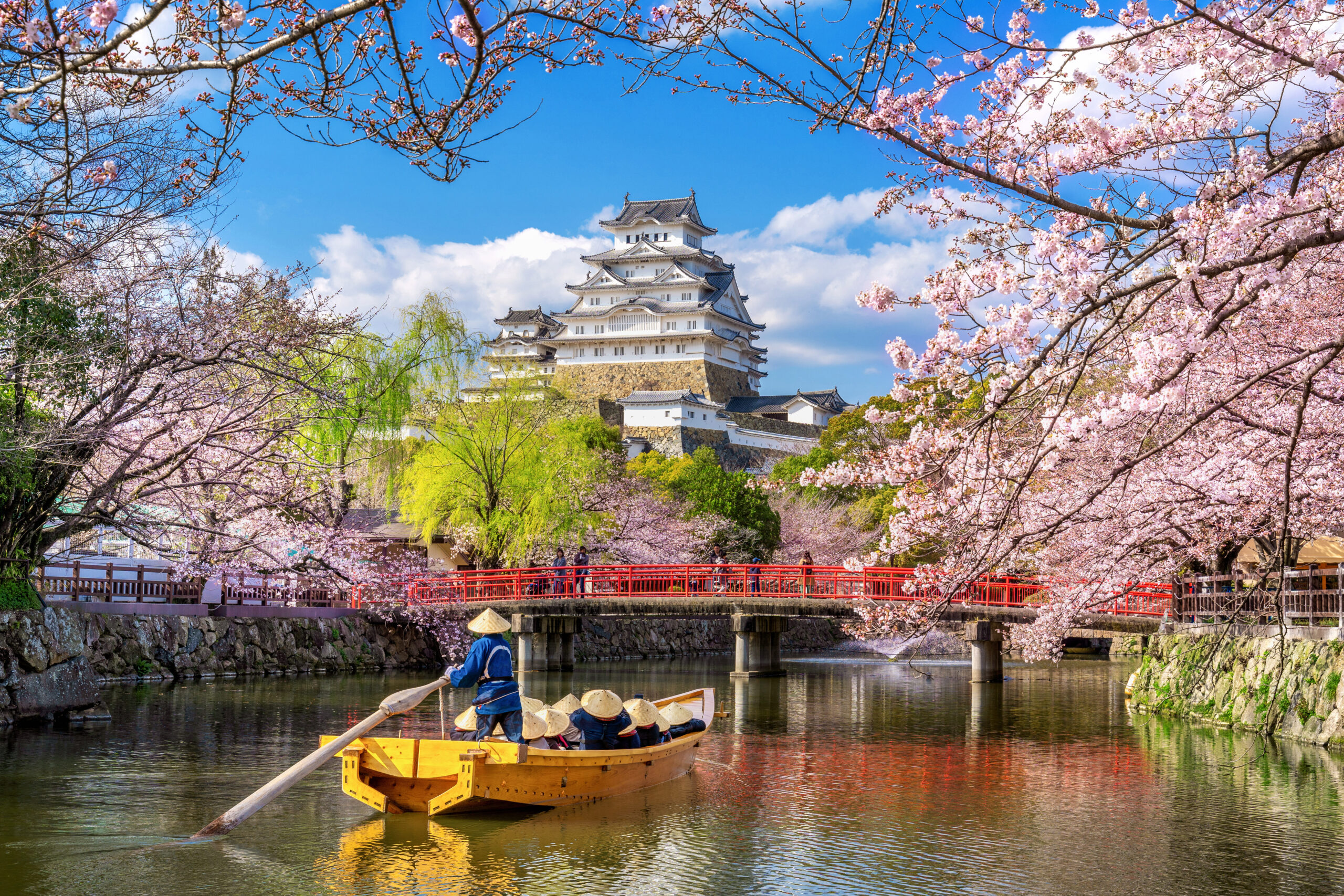Discovering Cherry Blossoms, aka Sakura, in Japan
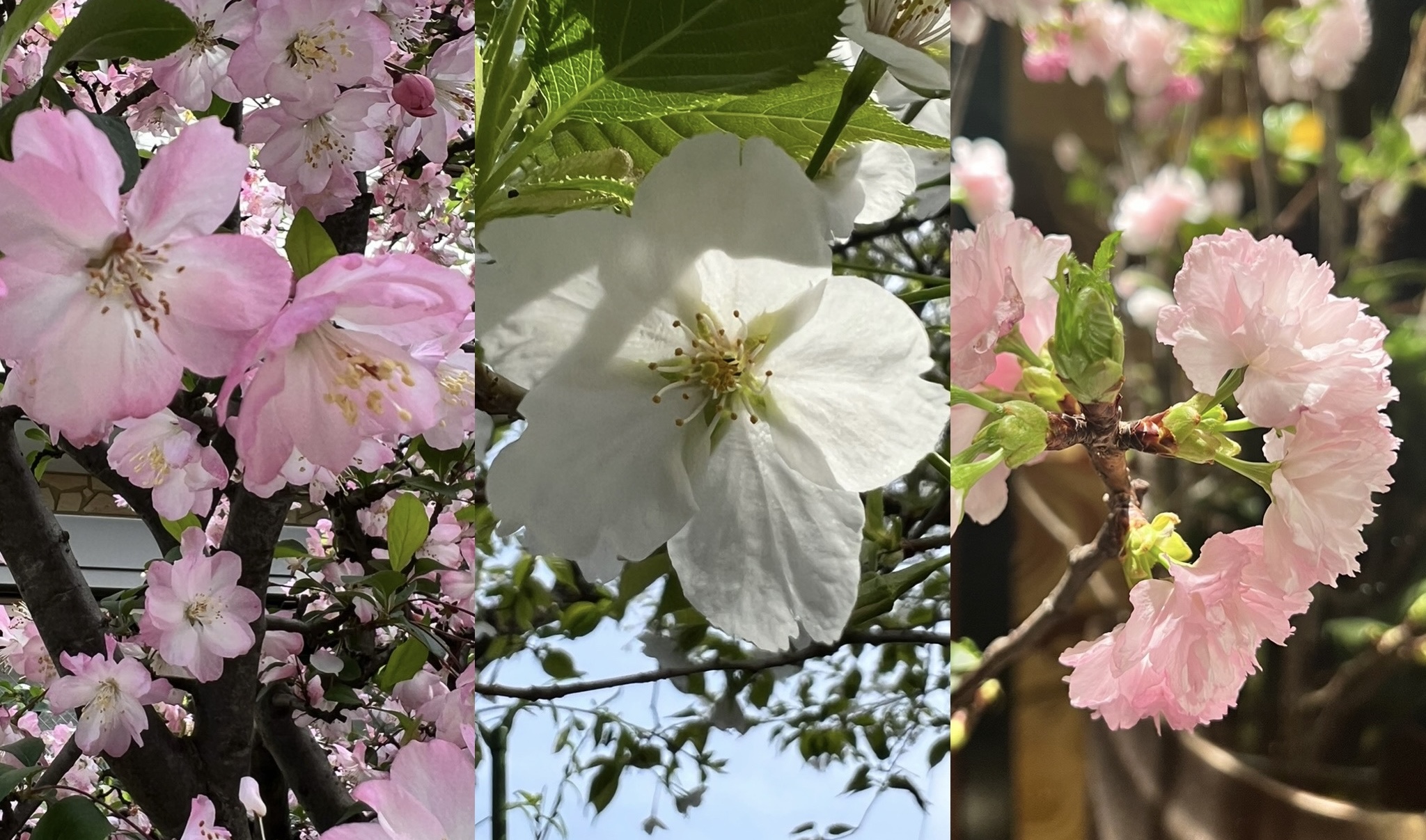

Written by
Name: Andra
Country of origin: Romania
How long you’ve lived in Japan: Fully in Japan since Feb 2023 (resident since Sept 2022)
Where you live in Japan: Tokyo
Instagram
Two years ago, when I moved to Japan, I knew almost nothing about cherry blossoms, also known as sakura. I thought they were all the same, and I believed they only bloomed for a short time in spring. But as I explored Japan more and more, I learned that there are many different types of cherry blossoms, each with its own beauty and blooming season. I also discovered that other beautiful tree blossoms, like plum and peach, add color to Japan’s spring landscape. In this blog post, I want to share what I have learned about these flowers, so you can enjoy them even if you visit outside of the main sakura season.
The Meaning of Hanami
Hanami (花見), or “flower viewing,” is one of Japan’s oldest and most cherished traditions. It dates back over a thousand years to the Nara period (710–794), when the Japanese aristocracy would gather to appreciate ume (梅, plum) blossoms. During the Heian period (794–1185), the custom shifted to cherry blossoms (桜, sakura), influenced by the Japanese belief in the fleeting beauty of life. Sakura blossoms symbolize the impermanence of life because they bloom beautifully but fall quickly.
In ancient times, people believed that the spirits of the gods lived within the cherry trees. Farmers would offer rice and sake to the trees, praying for a good harvest. This religious connection is why people today still drink sake under the sakura trees during hanami. It’s a way of honoring the past while celebrating the present.
By the Edo period (1603–1868), hanami became a popular custom among the common people. Tokugawa Yoshimune (徳川吉宗), the eighth shogun, ordered the planting of cherry trees along rivers and in parks, making hanami accessible to everyone. This tradition continues today, with people gathering under the blooming trees to eat, drink, and enjoy the company of family and friends.
Hanami isn’t just about looking at flowers, it’s about celebrating life’s fleeting moments. The gatherings under the cherry trees symbolize a time to pause, reflect, and connect with loved ones. It’s a reminder to appreciate beauty, even if it’s temporary. If you visit Japan during sakura season, joining a hanami party is a must-do experience to truly understand Japanese culture.
During hanami, parks and riverbanks are filled with picnic blankets, food, and laughter. Some people arrive early in the morning to secure the best spots under the trees. As the day goes on, the atmosphere becomes more lively, with music, games, and the joyful sound of people celebrating spring.
Popular Types of Sakura in Japan
Japan is home to a wide variety of cherry blossoms, each with its own unique charm and blooming period. From the early-blooming Kawazu Zakura (河津桜) to the iconic Somei Yoshino (ソメイヨシノ), these blossoms transform the landscape into a sea of pink and white. Understanding the different types of sakura not only enhances your hanami experience but also helps you plan your visit to catch them at their peak. Here are some of the most popular types of cherry blossoms you can find across Japan.
- Kawazu Zakura (Early Blooming Cherry)
- Description: Kawazu Zakura are known for their vibrant pink petals and early blooming season. They are one of the first cherry blossoms to appear in Japan, offering a longer viewing period compared to other sakura.
- Blooming Time: Mid-February to early March, much earlier than Somei Yoshino.
- Best Places to See Them: Kawazu Town on the Izu Peninsula, where an annual cherry blossom festival celebrates their early arrival.
- Somei Yoshino
- Description: These are the most common cherry blossoms in Japan. They are almost pure white with a light pink tint and are known for blooming all at once, creating breathtaking views.
- Blooming Time: Late March to early April.
- Best Places to See Them: Ueno Park in Tokyo, Maruyama Park in Kyoto.
- Shidarezakura (Weeping Cherry)
- Description: These trees have branches that droop down, covered in pink blossoms, creating a waterfall effect.
- Blooming Time: Late March to early April.
- Best Places to See Them: Maruyama Park in Kyoto, Miharu Takizakura in Fukushima.
- Yaezakura (Double Blossom Cherry)
- Description: These have more than five petals per flower, making them look fuller and fluffier.
- Blooming Time: Mid to late April, later than Somei Yoshino.
- Best Places to See Them: Shinjuku Gyoen in Tokyo.
My First Encounter with Plum Blossoms (Ume)
The first time I saw plum blossoms (梅, ume) in Japan, I honestly thought they were cherry blossoms. It was still quite cold, and I was surprised to see pink and white flowers blooming. I remember walking through a park and admiring the delicate petals, thinking that sakura season had come early. It was only later that I learned these were actually plum blossoms, which bloom earlier than cherry blossoms.
At first glance, it is easy to confuse plum blossoms with cherry blossoms because they both have pink and white petals. But with time, I learned how to tell them apart. Plum blossoms are usually rounder and fuller, while cherry blossoms have a slight split at the tip of each petal. Also, plum blossoms grow directly from the branches without stems, giving the tree a different look.
One thing I love about plum blossoms is their fragrance. Unlike cherry blossoms, which are mostly scentless, plum blossoms have a sweet and strong perfume-like smell. On a breezy day, the scent fills the air, making a walk in the park even more enjoyable. I find this fragrance comforting and nostalgic, and for this reason, I have come to like ume even more than sakura.
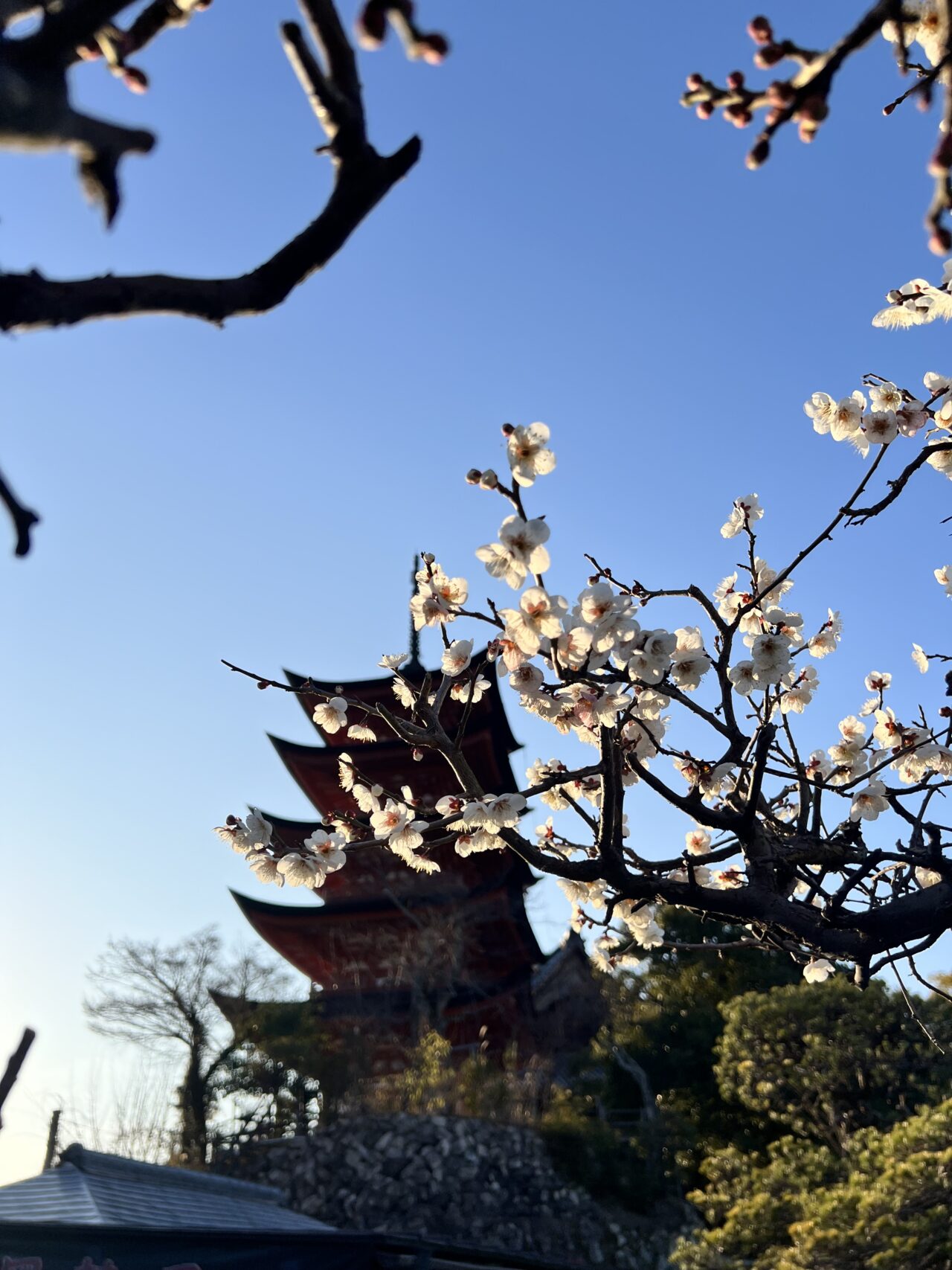
Types of Ume (Plum Blossoms)
- Shira Ume (白梅, White Plum Blossoms) – Pure white petals with a strong, sweet fragrance. They symbolize purity and elegance.
- Benibai (紅梅, Red Plum Blossoms) – Deep pink to red petals, often seen in traditional Japanese paintings.
- Koubai (紅梅, Pink Plum Blossoms) – Light pink flowers that look similar to sakura but have a stronger fragrance.
- Shidare Ume (枝垂れ梅, Weeping Plum Blossoms) – My favorite type of ume. These have gracefully drooping branches covered in delicate blossoms. They look like waterfalls of flowers and have a sweet, elegant fragrance that fills the air. I especially love visiting Kyoto to see them.
Best Places to See Shidare Ume:
- Kitano Tenmangu Shrine in Kyoto – Famous for its weeping plum garden with over 50 varieties of ume.
- Jonangu Shrine in Kyoto – Known for its beautiful weeping plum trees that create a magical atmosphere in early spring.
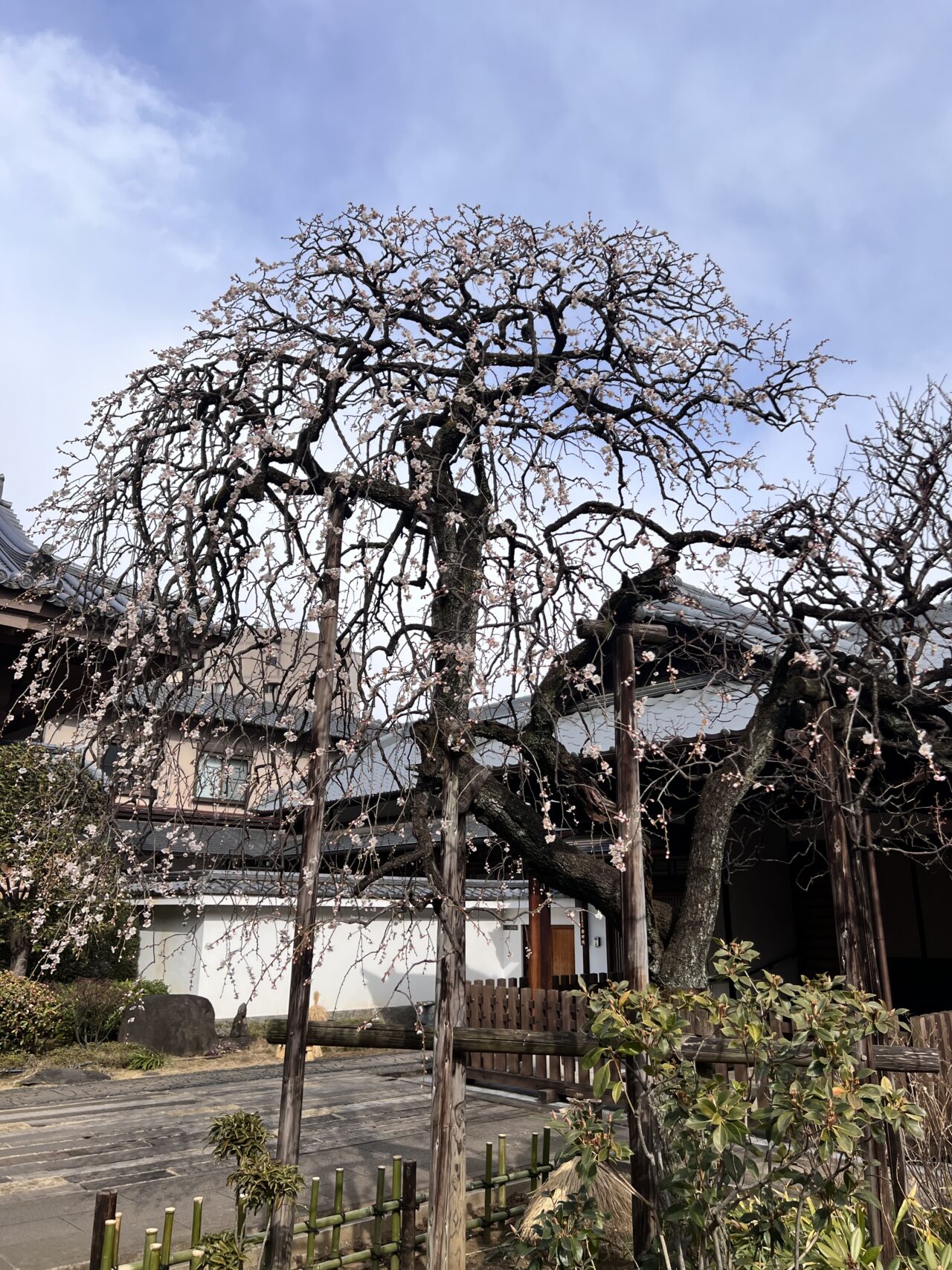
Rare Types of Sakura that Bloom in Winter or Summer
Not all cherry blossoms bloom in spring. Some rare varieties bloom in other seasons, allowing you to experience sakura throughout the year. These unique types have historical and cultural significance, often linked to specific regions or legends.
- Fuyuzakura (冬桜, Winter Cherry Blossoms)
- Description: Fuyuzakura means “winter cherry blossoms.” These delicate pink flowers bloom twice a year—in late autumn and again in early spring. In Japanese folklore, they symbolize resilience and hope, blooming in the cold months when most flowers are dormant.
- Blooming Time: Late November to early December and again in March.
- Best Places to See Them: Obara in Aichi Prefecture, where you can see a rare combination of autumn leaves and cherry blossoms.
- Shikizakura (四季桜, Four-Season Cherry Blossoms)
- Description: Shikizakura blooms twice a year, in spring and autumn. They are smaller and more delicate than Somei Yoshino, with pale pink flowers. These blossoms represent the cycle of life and death, as they bloom alongside falling autumn leaves.
- Blooming Time: Late October to early December and again in spring.
- Best Places to See Them: Obara in Aichi Prefecture, famous for its Shikizakura Festival, which celebrates this rare phenomenon.
- Jugatsuzakura (十月桜, October Cherry Blossoms)
- Description: Jugatsuzakura means “October cherry blossoms.” They bloom from late autumn to early winter, producing light pink flowers. These blossoms are celebrated in Japanese poetry as symbols of quiet beauty and serenity.
- Blooming Time: October to January.
- Best Places to See Them: Rikugien Garden in Tokyo and Kairaku-en in Mito, where traditional tea ceremonies are held to appreciate their subtle beauty.
Different Stages of Sakura Viewing
Cherry blossoms go through several stages, each with its own beauty and cultural significance. In Japan, people eagerly follow the sakura zensen (桜前線, cherry blossom front), which is the forecast predicting the blooming dates as the wave of blossoms moves from south to north. The Japan Meteorological Agency announces these forecasts, and they are followed closely by locals and travelers alike. Knowing these stages can help you plan your trip for the best viewing experience.
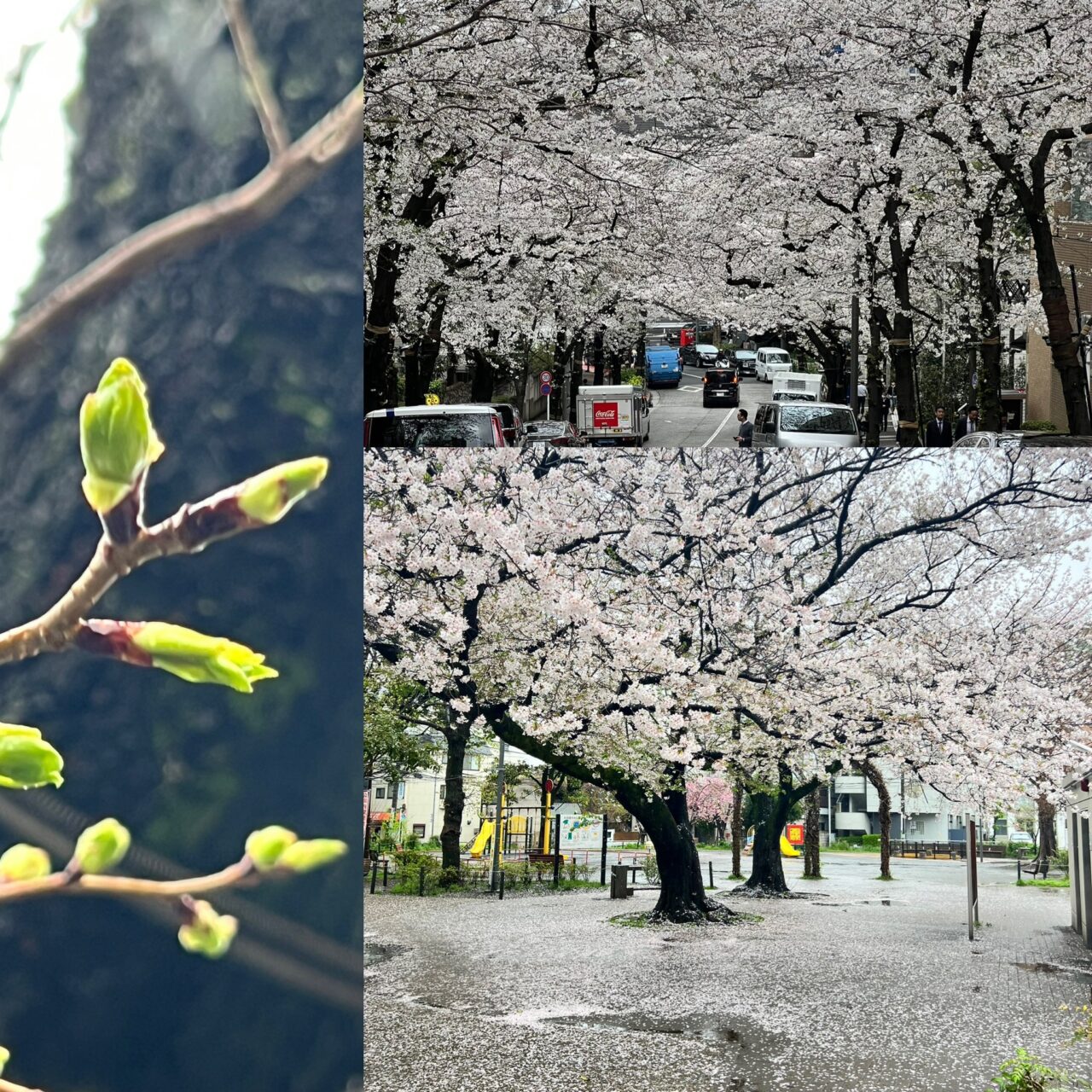
- Kaika (開花) – This is the beginning of the blooming season when the first buds open. It’s a time of excitement, as people start planning their hanami parties. In major cities like Tokyo and Kyoto, this usually happens in mid to late March. It is less crowded during this period because the flowers are just beginning to bloom.
- Mankai (満開) – Full bloom. This is the peak of cherry blossom season when the trees are covered in pink and white petals. Mankai typically occurs about a week after Kaika and lasts for a few days. This is the most popular and crowded time for hanami. In Tokyo and Kyoto, Mankai usually falls in late March to early April. If you plan to visit during this period, book your accommodation and transportation well in advance as it is the busiest time of year.
- Sakura Fubuki (桜吹雪) – This means “cherry blossom snowstorm.” It describes the magical scene when petals fall like snowflakes, blown by the wind. It’s a romantic and poetic sight but also a sign that the season is ending. This stage lasts only a few days, so timing is important if you want to experience this.
- Hazakura (葉桜) – This is the final stage when the petals have fallen, and green leaves start to appear. While the flowers are gone, Hazakura has its own beauty and symbolizes new beginnings and hope. Parks are much quieter during this time, and it’s a peaceful way to enjoy the changing seasons.
By understanding the different stages of sakura viewing, you can plan your trip to Japan according to your preferences and avoid the busiest periods if you wish.
Enjoying Blossoms Throughout the Year
After living in Japan for two years, I have learned that spring is not the only time to enjoy blossoms. From the early plum blossoms that welcome the end of winter to the rare cherry varieties that bloom in autumn, Japan offers a continuous cycle of floral beauty. Each season brings its own charm, traditions, and opportunities to connect with nature and Japanese culture.
The joy of hanami is not just about admiring the flowers; it’s about being present in the moment, appreciating life’s fleeting beauty, and sharing it with others. Whether you’re under a shower of falling petals or surrounded by vibrant autumn leaves mixed with cherry blossoms, each experience leaves a lasting memory.
No matter when you visit, Japan’s blossoms will leave you with unforgettable memories. If you take the time to explore beyond the famous tourist spots, you might discover hidden gardens, quiet temples, or local festivals that celebrate these beautiful flowers in unique ways. As I continue my journey in Japan, I look forward to discovering even more varieties and places to enjoy these beautiful blooms. I hope this guide inspires you to do the same and that you too fall in love with Japan’s blossoms, just as I have.
For further reading on Japan’s cherry blossoms, check out this related article.
